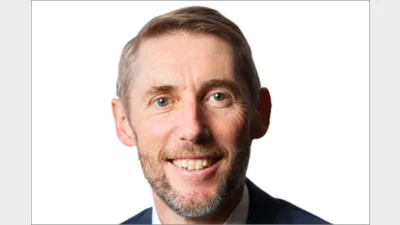No time to delay on paying super on parental leave: HESTA



Delaying paying superannuation on Paid Parental Leave by one year could reduce the retirement savings of members by thousands of dollars, according to HESTA.
Modelling by HESTA found a delay for one year until 1 July, 2024 would reduce the retirement savings of a typical HESTA member who has a child in the financial year 2024 by more than $6,000.
Delaying until 1 July 2025 would cost a HESTA member with two young children more than $12,700 in retirement savings.
The fund said 85% of its members surveyed last year supported paying super on Paid Parental Leave, rising to 91% of those under-35.
HESTA chief executive, Debby Blakey, said: “Failing to pay super on parental leave pay has seen working mums unfairly miss out on billions of dollars in super, and this research shows they’ll keep losing thousands of dollars in retirement savings each year this important equity reform is delayed.
“Our super system is one of the world’s best but clear, persisting gaps remain where millions of Australians, mainly women, are still falling through the cracks and not getting the full benefits of super. For women this means they are still retiring with around a third less super than men.
“Extending the Super Guarantee to workers taking paid leave to care for children is an important policy that will help create a fairer retirement system for all Australians and is a key step towards addressing the gender super gap.”
Recommended for you
While the Liberal senator has accused super funds of locking everyday Australians out of the housing market, industry advocates say the Coalition’s policy would only push home ownership further out of reach.
Australia’s largest superannuation fund has confirmed all members who had funds stolen during the recent cyber fraud crime have been reimbursed.
As institutional investors grapple with shifting sentiment towards US equities and fresh uncertainty surrounding tariffs, Australia’s Aware Super is sticking to a disciplined, diversified playbook.
Market volatility continued to weigh on fund returns last month, with persistent uncertainty making it difficult to pinpoint how returns will fare in April.











